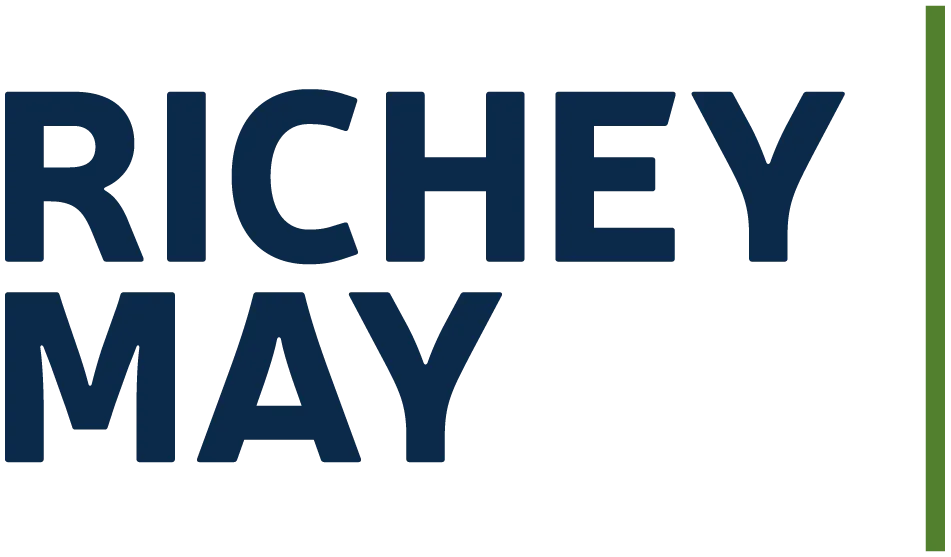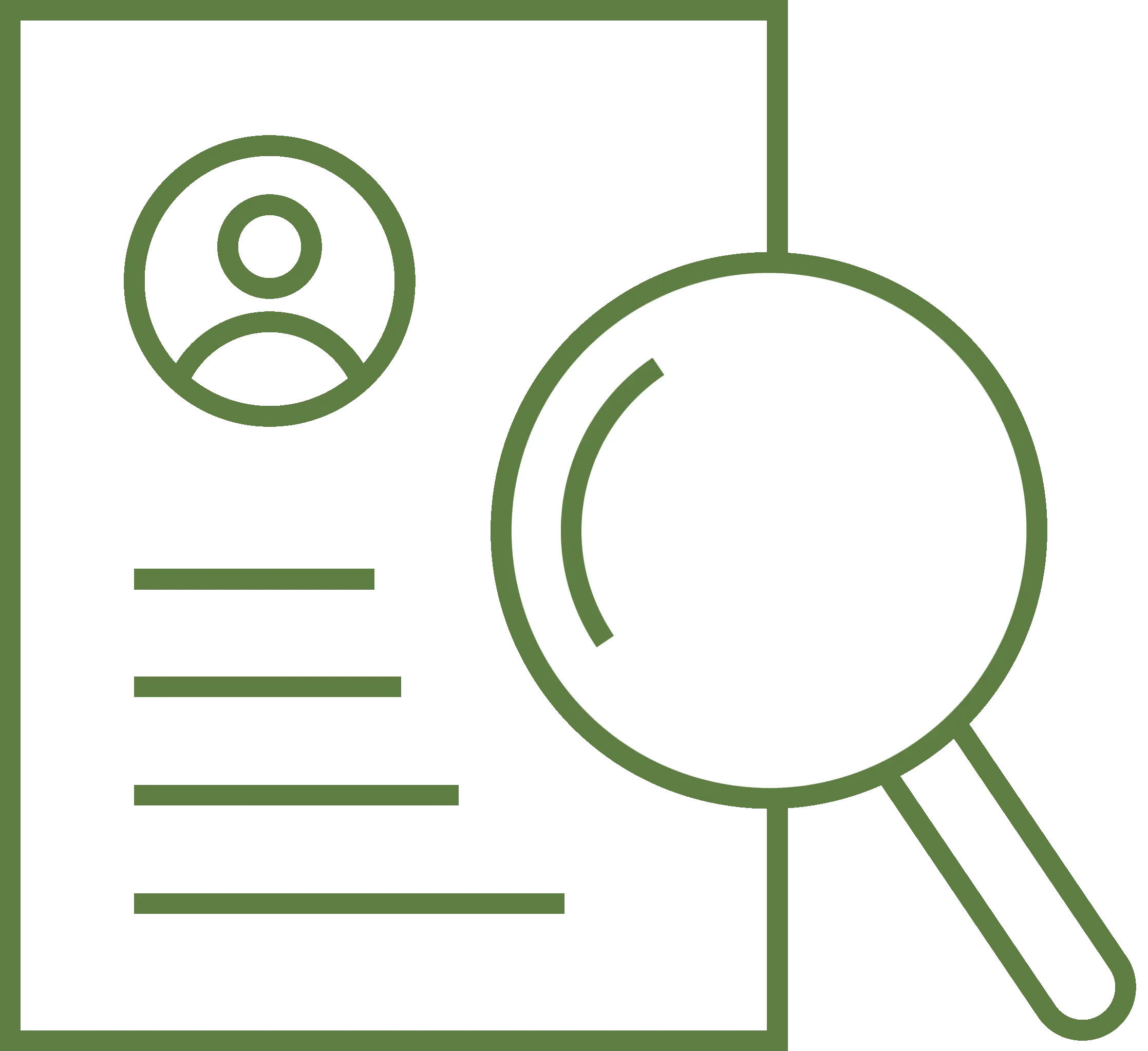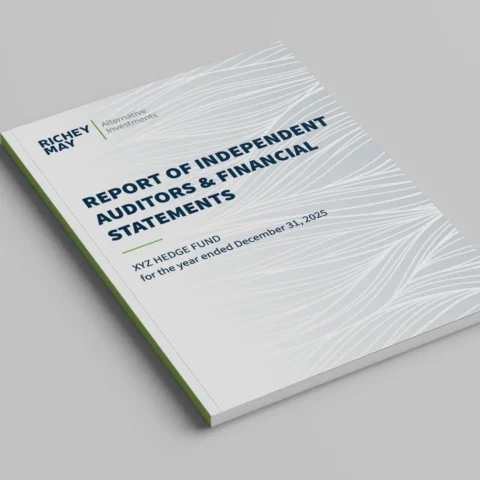As cryptocurrency matures and transforms how we conduct transactions, it has become crucial for leaders to have experience with how these technologies work and how cryptocurrency can be used. While understanding the ever-changing world of cryptocurrencies may be challenging with multitudes of resources with varied levels of guidance, this guide published by the World Economic Forum serves as a manual for corporate leaders to give an idea of the basics of this industry. Richey May has provided a summary below on the topics we feel are the most important to help you understand cryptocurrencies including how to buy, transact and trade using cryptocurrencies, blockchain systems, and recommendations for how to get started using them. We recommend that you read the full guide here for further details and explanations on the following topics:
Buying cryptocurrency:
The first step to owning cryptocurrency is to have a “wallet.” A cryptocurrency wallet is how coins and tokens are held. Some cryptocurrency wallets only support specific cryptocurrencies or have limited functionality. This can sometimes mean a trade-off between security and usability. You can choose between a third-party service or self-hosting. A third-party service, such as an exchange, which will provide the wallet for you. In this case, you should be aware that you are trusting the security of that exchange with your assets. If you decide to go the route of self-hosting, you will bypass these identification requirements of third-party providers. You will also be taking the security of your assets into your own hands. The most common ways to purchase crypto are buying it via a centralized exchange as an individual or over-the-counter trading desk as an institution for lower fees.
Transactions:
To make a transaction, you will need access to your cryptocurrency via the third-party custodian or have the private key to access the funds in your self-hosted wallet. You will also need the wallet address of your counterparty. Once you confirm the amount you are sending to your counterparty, the system will sign your transaction with your private key (either done by you personally, or by the third party if you chose to use one), broadcast this to the network and show a unique code representing the transaction called the transaction hash.
Blockchain Systems:
A block explorer is a website that tracks all the information inside the blockchain and shows it in intelligible form for any blockchain user. It acts as a search engine for a particular blockchain, allowing users to verify transactions or check the status of the network. Most blockchains store data in a way that is publicly accessible at any time. Traders can verify that transactions have gone through and are completed, agencies can audit and verify this data, and law enforcement can trace the movement of funds. Most blockchains enable pseudonymity, but they do not guarantee that a user will be unidentifiable. Pseudonymity means that identities on the blockchain are not directly linked to real-world identifiers such as names, addresses, or identification numbers. However, this information can still be traced back with IP addresses and timestamps relating to the transactions.
The World Economic Forum dives into more details on:
- Blockchain privacy options & mining
- Programmability
- Governance
- Scalability
- Compliance
To get started on using cryptocurrencies we recommend reading the guide to be equipped to speak to, engage with and apply cryptocurrency to your life and your workplace. Your experience will be built on hands-on experience to learn the expansive landscape and limitations of crypto and blockchain protocols.
If you have any questions about digital assets or the services Richey May provides to the alternative investments industry, contact Steve Vlasak.





